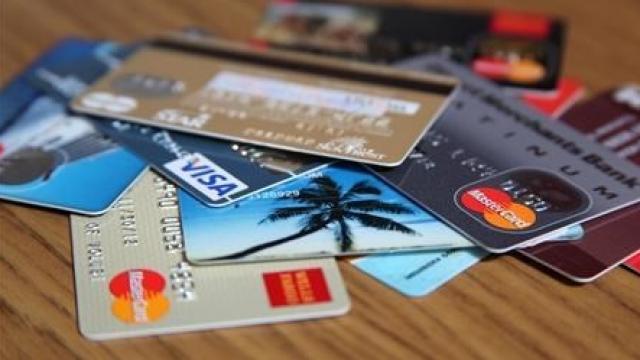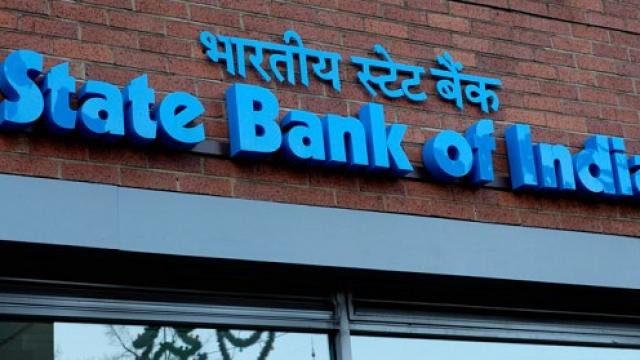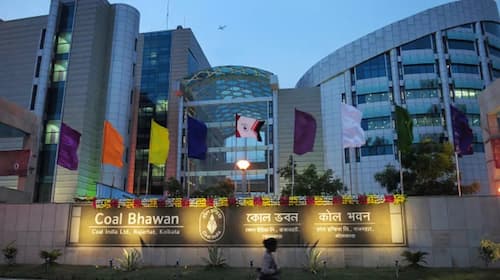Credit card spending hit an all-time high in May, reaching Rs 1.14 lakh crore and registering 8 per cent month-on-month growth in April 2022, the latest data released by the Reserve Bank of India (RBI) showed.
Credit card spending grew 118 per cent year-on-year and 8 per cent month-on-month, led by strong e-commerce spending and higher-value spending on travel and tourism and discretionary purchases, according to data from the Reserve Bank of India.
Credit card spending in May stood at over Rs 1 lakh crore despite inflationary pressures and rising interest rates. Total credit card spending in May stood at Rs 1.14 lakh crore, up from Rs 1.05 lakh crore in April and Rs 52,200 crore in May last year.
IndusInd Bank and Kotak Mahindra Bank saw the highest growth of 17 per cent and 15 per cent respectively in terms of credit card spending, while all other players grew in the range of 4-9 per cent. American Express, on the other hand, saw a 2 per cent month-on-month decline.
The growth in card additions was led by HDFC Bank, Axis Bank, SBI Card and ICICI Bank. With the addition of May, the total card base of the country now stands at 76.9 million.
HDFC Bank faced an RBI ban on issuing new cards for eight months from December 2020. Since the ban was lifted, the country’s second-largest lender has increased its credit-card customer acquisitions.
In terms of new card additions, HDFC Bank added the highest number of incremental cards, with 38,000 new cards added in the same month. The bank is also seeing an increase in market share in credit card spending since April. The bank’s market share in credit card spending stood at 27.7 per cent in May, up from 27.6 per cent in April and 26.6 per cent in March.
“HDFC Bank and SBI Card continue to see strong card additions and have also seen strong trends in spends and have gained market share,” Macquarie Research said in a note.
Data released by the RBI showed that the bounce rate was also at a three-year low. However, analysts said it remains to be seen whether these trends were sustainable as interest rates started rising.
“Bounce rates by value are also at three-year-low levels. These data points indicate that the retail economy is strong. However, with interest rates expected to rise rapidly in the next few quarters, we need to see whether the current trends are sustainable,” the Macquarie note added.
Follow on Facebook (https://www.facebook.com/industrialpunch) and Twitter (https://twitter.com/IndustrialPunch) for updates on social media…



















